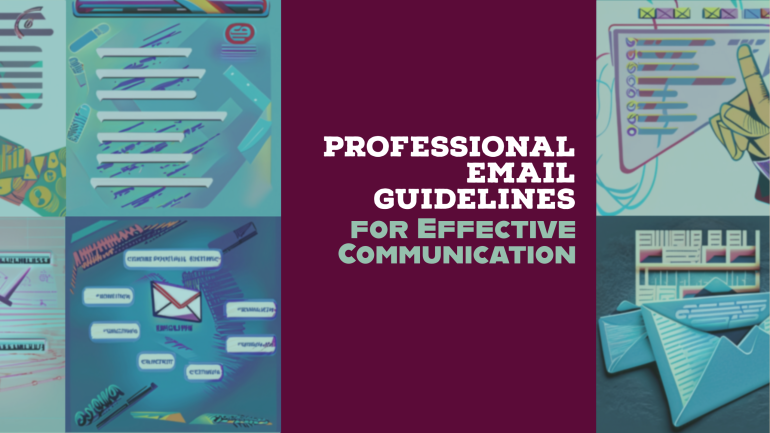Table of Contents
TL;DR: Best Practices for Business Email Etiquette
- Craft Clear and Informative Subject Lines: Essential for ensuring emails are opened and read, focusing on conciseness and relevance.
- Maintain Professionalism in Tone and Structure: Professionalism is key, adapting the tone for the recipient while keeping the structure organized and concise.
- Prioritize Timely Responses: Responding within 24 to 48 hours is ideal to maintain professionalism and efficiency in communication.
- Utilize Proper Email Management: Organizing emails with folders, labels, and filters can greatly improve efficiency and reduce inbox clutter.
Introduction
Understanding ‘Business Email Etiquette’ is crucial in today’s professional environment, where email remains a dominant form of communication. It bridges distances instantly, allowing for the rapid exchange of ideas and decisions. However, the convenience of email communication also necessitates a strict adherence to professionalism and etiquette to ensure messages are both effective and received well. This blog post will delve into the essential practices of business email etiquette, guiding you to communicate with professionalism and respect.
Crafting a Professional Email: Guidelines and Structure
Crafting professional emails is paramount in business communication. Start with an engaging subject line to give a clear preview of the email’s content, compelling the recipient to read further. A professional email should have a respectful greeting, a succinct and clear body, and a courteous closing with your signature. The tone and language must be professional, avoiding slang and excessively casual phrases. This section underscores the significance of a clear email structure and effective subject line tips to ensure your message is not only read but also well-received.

Timing and Responsiveness: Ensuring Timely Email Responses
The timing of your email can significantly impact its reception. Sending emails at optimal times and responding promptly to inquiries are essential practices in email etiquette. Establishing expected response times within your organization can help maintain efficient communication. This segment highlights the importance of timely email responses and understanding your audience’s schedules to improve the efficacy of your email communication.
Email Management Tips: Strategies for Efficiency
Effective email management is crucial for staying organized and ensuring important communications are addressed. Strategies like inbox categorization, prioritizing messages, and setting reminders can enhance efficiency and productivity. This part of the article delves into email management strategies, offering insights into navigating your inbox effectively, minimizing clutter, and focusing on priority communications.
Avoiding Common Email Mistakes: Proofreading and Cc/Bcc Etiquette
Common email mistakes can compromise your professional image, such as failing to proofread or misuse of the Cc and Bcc functions. Paying attention to detail and being mindful of email etiquette can prevent these errors. This section provides advice on avoiding email errors, emphasizing the importance of proofreading business emails and understanding Cc and Bcc etiquette to maintain clarity and professionalism in your communications.
Conclusion
Embracing business email etiquette transcends mere adherence to rules; it’s about cultivating positive interactions and establishing trust through effective communication. By integrating these best practices into your daily correspondence, you underscore the significance of ongoing improvement and adaptability to evolving communication landscapes. As the digital world continues to shape our professional interactions, mastering email etiquette remains a cornerstone for success in business management.
FAQs
Q1:What is the most important aspect of business email etiquette?
A1: Ensuring clarity, professionalism, and respect in every aspect of your email, from the subject line to the signature.
Q2: How can I improve my email response rate?
A2: By crafting engaging subject lines, sending emails at optimal times, and maintaining a clear and concise message body.
Q3: What are some common email management strategies?
A3: Using folders and labels for organization, prioritizing emails, and setting specific times for email checking and response.
Q4: How do I avoid common email mistakes?
A4: By proofreading every email, using Cc and Bcc judiciously, and always maintaining a professional tone.
Q5: Why is adaptability important in email communication?
A5: Because communication norms and technologies evolve, staying adaptable ensures your email etiquette remains effective and relevant.




